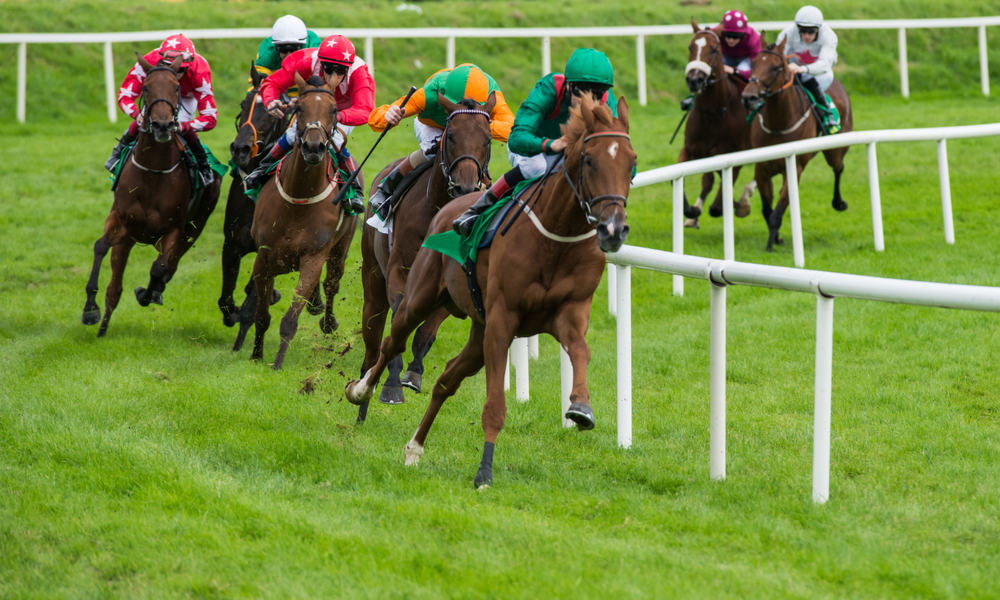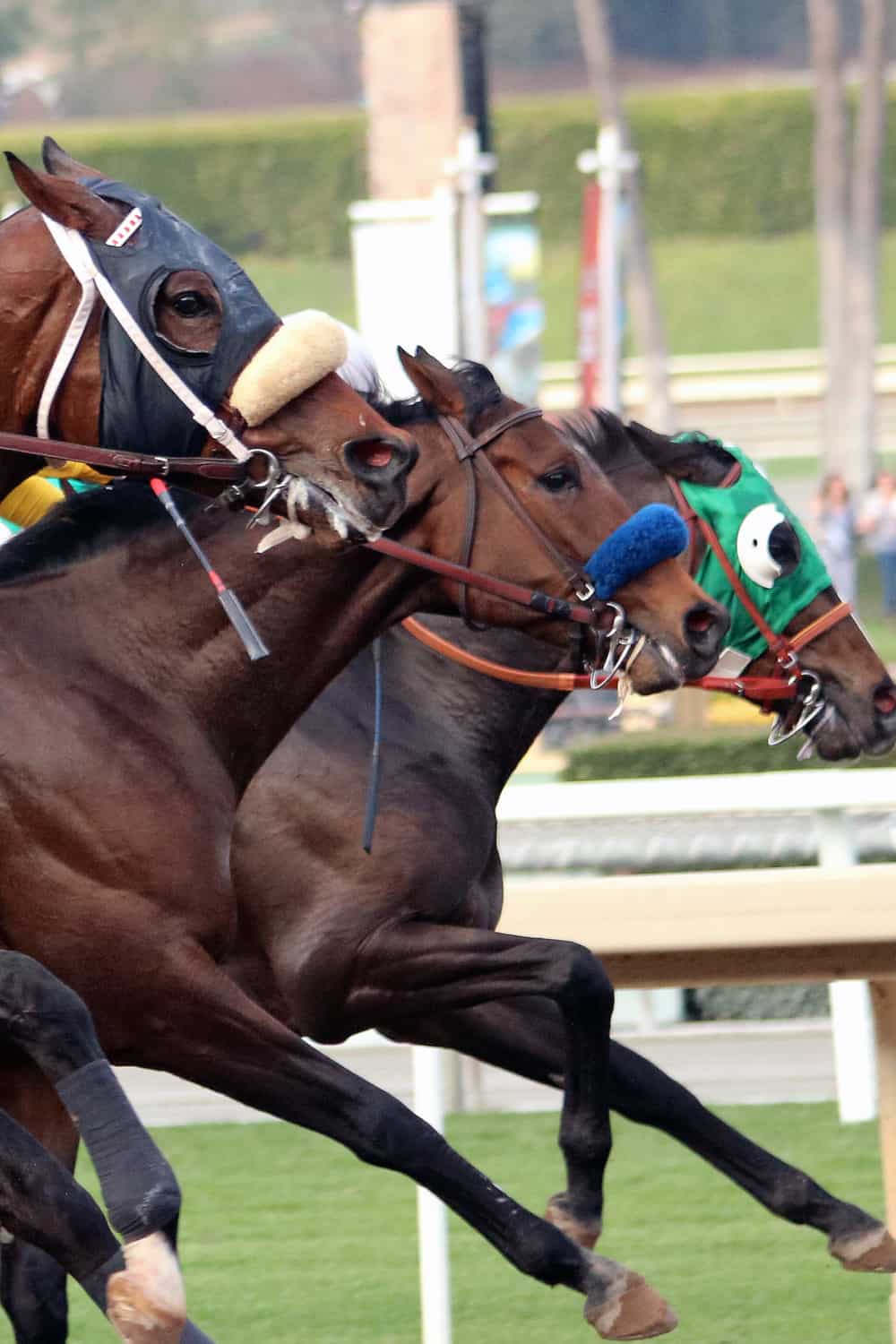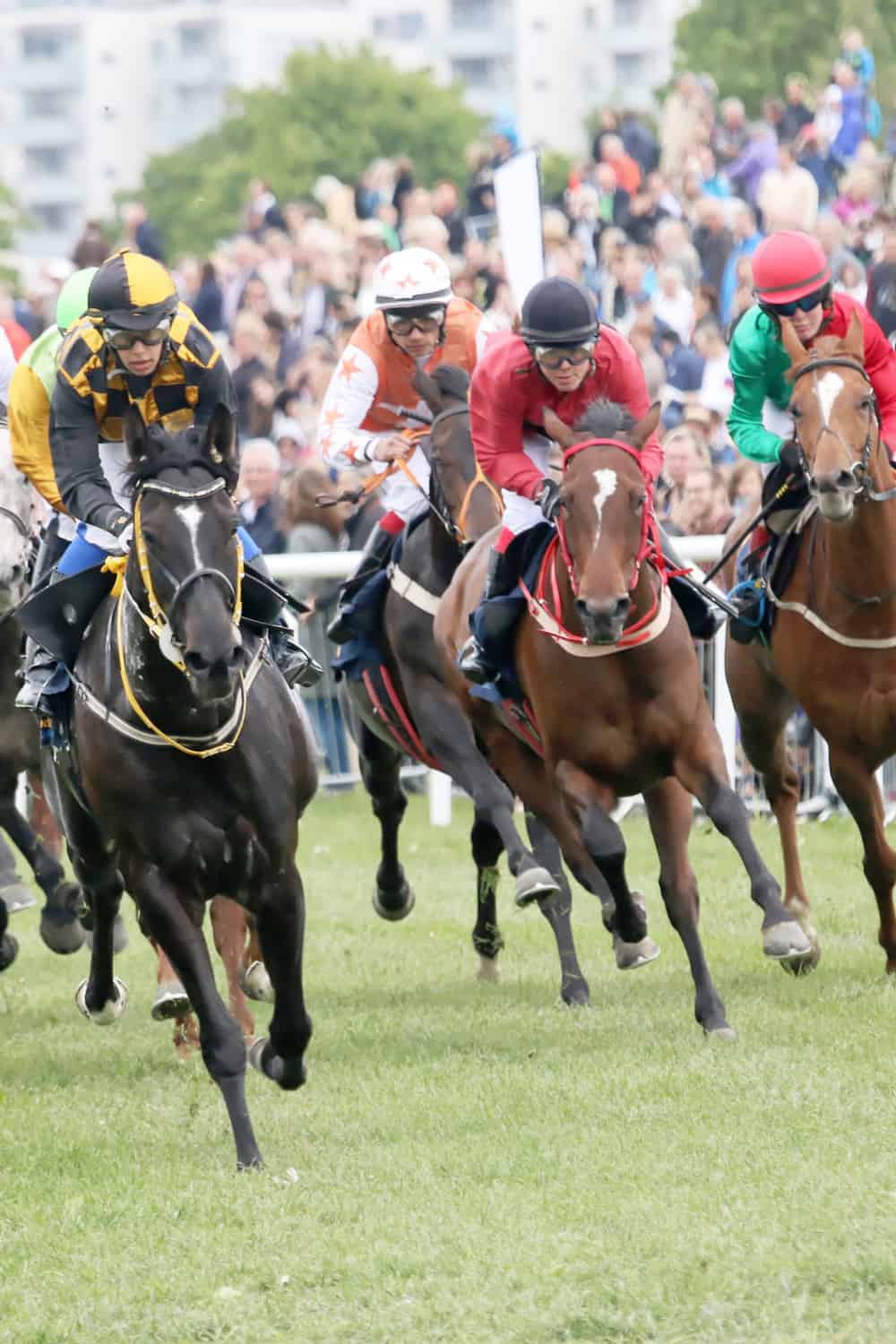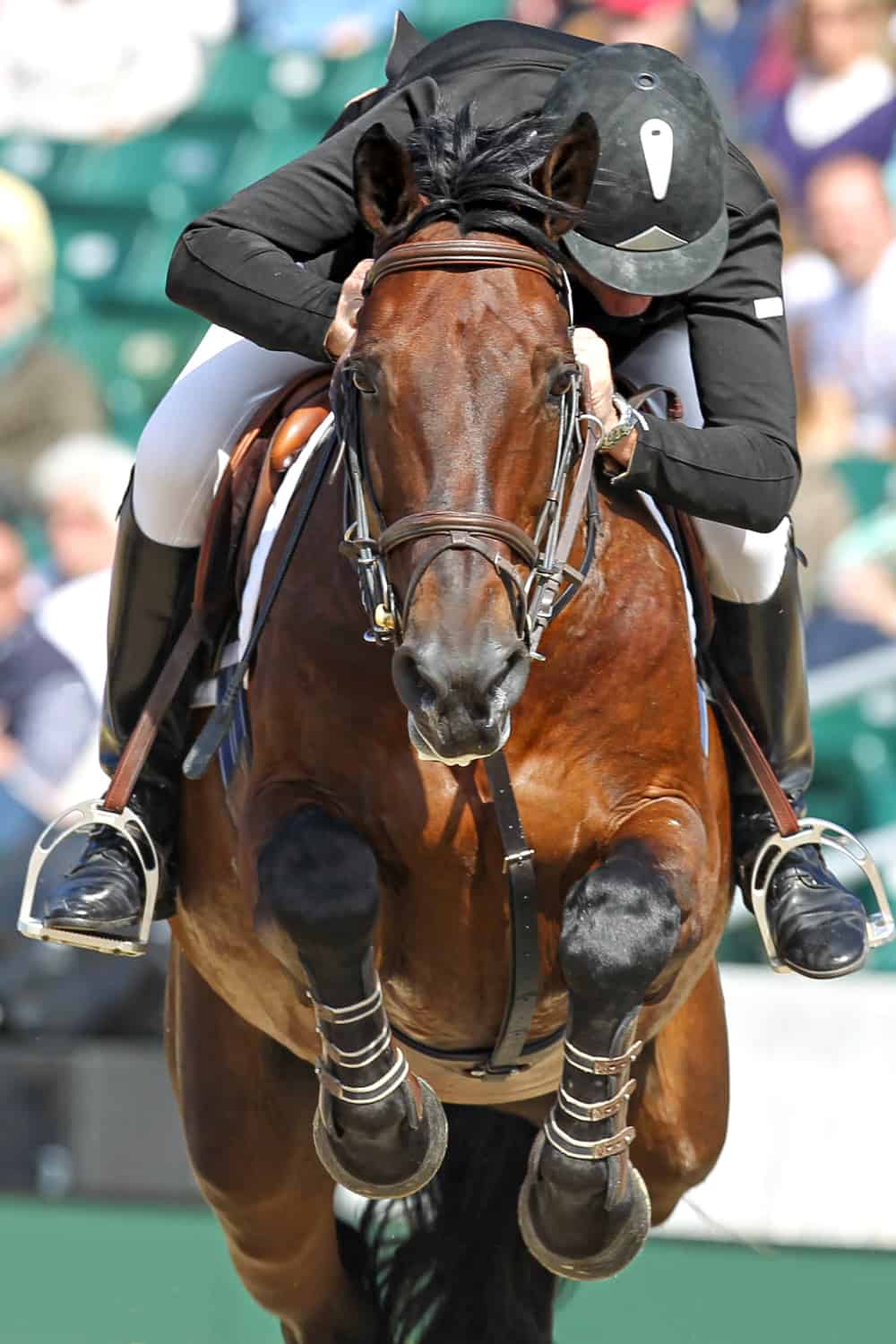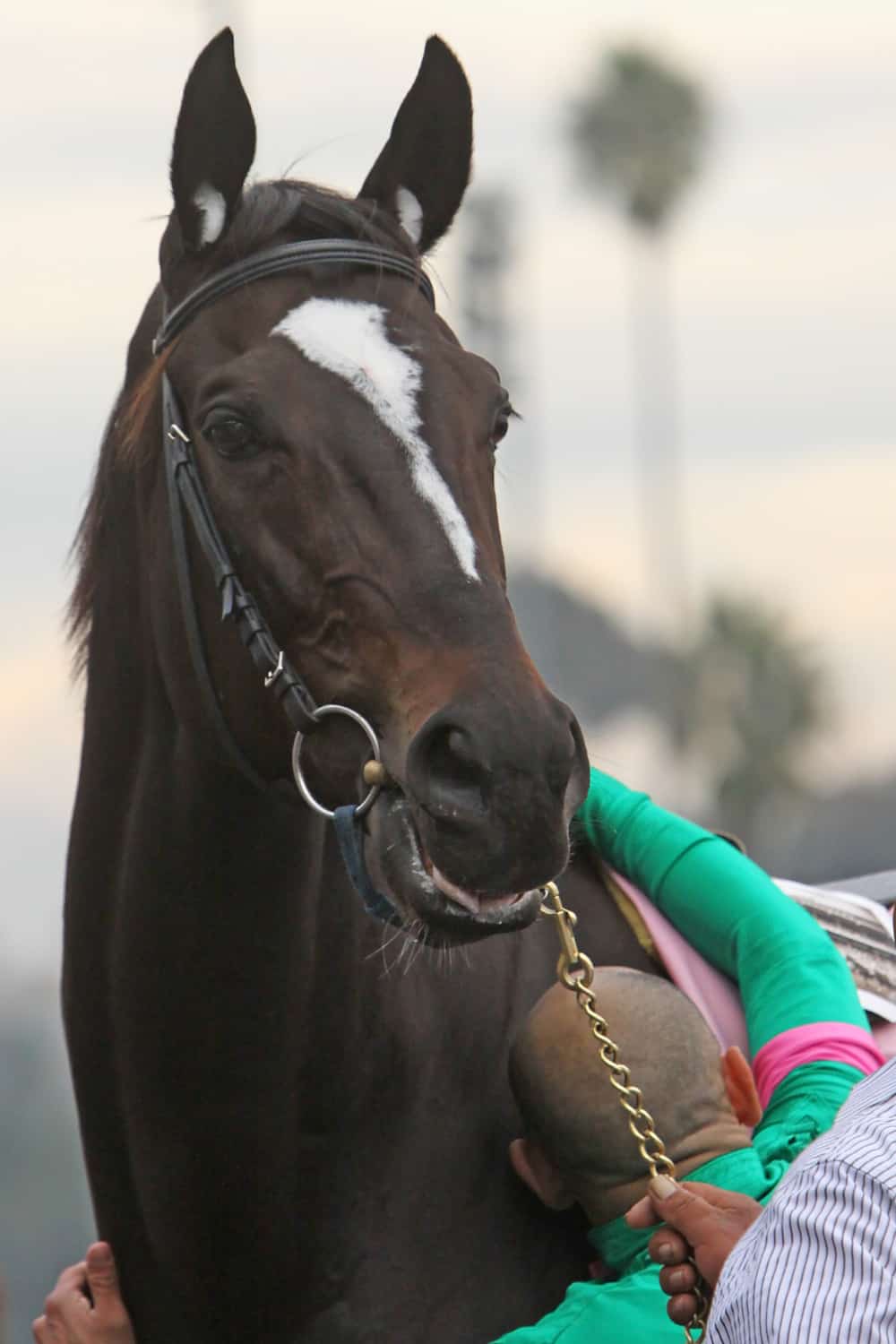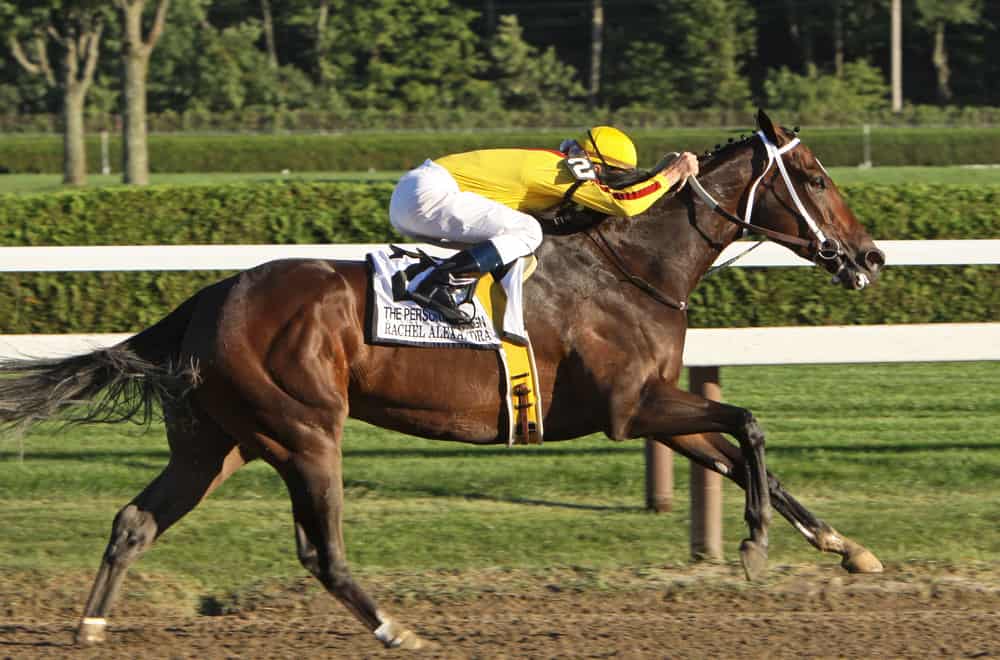You might find comparing racing fillies to working women weird but think twice. If we consider the glass ceiling concept in the human world, female horses face similar constantans. Unlike studs, their ratio in races is way less significant.
In North American flat racing, over 60% of all horses are male. The same overwhelming numbers are valid for the winning male horses or about 67% of the cases.
More so, many spectators in the U.S. think that racehorses on the tracks are only male. Let’s check the facts and elaborate on the topic of mares in equestrian sports.
Are Racehorses Male Or Female?
First things first, both male and female horses can partake in races. However, more males tend to do so. Colts, stallions, or geldings, depending on their age and whether still intact or castrated, outnumber females in the field. As mentioned, people get to see mares in only less than 40% of the contestants.
But besides this disparity in participation, there are many examples of successful female racehorses. The explanation could be that average colts are only 10% heavier than fillies and very close in height. Hence, the performance gap between males and females younger than four years old is 1%.
The rough parity may stem from the evolution of horses. In the wild, both sexes must be endurable and run fast to escape from predators. One paper argues that since horses are prey species whose survival depends on running, natural selection, not sex, plays a vital role.
As for modern-day races, most competitions accept both mares and stallions if they meet the requirements. Organizers don’t favor genders when racehorses are at stake. Yet, though mares are always welcome, events see an ever-growing proportion of males.
Unlike races where both sexes run shoulder to shoulder, there are instances of one-gender competitions only. One such example is the Ruffian race that only takes females. As opposed, the Secretariat race accepts only male horses.
When it comes to the Kentucky Derby, both female and male horses can participate. Unfortunately, no filly has qualified to run since 2010. As female horses must compete against colts in prep races, the current point system won’t allow them to join the Kentucky Derby.
Yet, fillies have raced in and won the Kentucky Derby three times in the past. Regret in 1915, Genuine Risk in 1980, and Winning Colors in 1988 are the only winners of this eminent competition. The latter two are only the only female horses that competed in all Triple Crown races.
Why Are Most Racing Horses Male?
Although we established the physical and genetic facts, the question of why stallions are superior in horse races remains. We still get puzzled at the 2/3 ratio of male horse dominance. Here are a few plausible reasons for such unequal involvement.
Physical Attributes
Male horses take pride in a sturdier physique than their female counterparts. Moreover, stallions are slightly taller with a more robust body, enabling them to stride faster. As a result, males frequently defeat females in running matches.
Indeed, the tiny difference in height can have a significant impact on the outcome. Racing horses get trained to perfection, and nuances in physical appearance can impact the race outcome.
Hormone Interference
Another aspect that plays a crucial role in equine performance comes down to hormones. As with humans, female horses have their periods from spring to autumn. Roughly every 20 days, the hormones of mares will interfere with their overall performance.
When in season, female horses can be unpredictable and experience sudden changes in temperament. Though many riders have witnessed docile mares during period days, others have faced erratic behavior. As professional sports leave no room for improvisation, many would go for a male horse.
Nevertheless, stallions can also be challenging to control in this sense. When testosterone hormones spike, males can be aggressive and act weird. On the plus side, testosterone affects the disposition of males and contributes to more muscles, confidence, and distinct top necks.
However, hormone anxiety urges most owners to castrate racehorses and end up with geldings. These are more stable and less moody, making them the perfect equines on the tracks. A gelding will be most likely focused on the race at hand and determined to follow you into a victory.
Breeding Reasons
Owners of winners with superior genes and genetics would typically breed on them and amass their earning potential. Records have shown that winning equines can produce offspring with significant winning odds.
When the racing industry comes into perspective, successful male horses on the racetrack are worth more as breeding studs. One foal may cost up to $150,000, so owners can earn millions from first-class breeding stallions after retirement.
Unlike males, it takes about 11 months for a female horse to complete one gestation period. Though mares can compete in the first four months without the pregnancy interfering with their performance, things get complicated afterward.
It soon becomes difficult to keep the same training level, and pregnant females remain off the track. Plus, with a mare, you only get to produce one foal per year.
Conversely, some owners decide to castrate racehorses to keep them focused on racing. Undergoing a surgical procedure to remove his manhood will make a stallion unable to produce any offspring in the future. In this case, people can only earn on the agility and speed displayed during races.
Gender Of Horse Riders
Many wonder whether jockeys are predominantly male or female. According to one study, male jockeys outnumber their female colleagues by 7 to 1. The number becomes strikingly high when it comes to top races or, more precisely, 50 to 1. What is this discrepancy in genders due to exactly?
Since horseracing events accept riders that only meet strict weight thresholds, women have an obvious advantage. An average jockey shouldn’t weigh over 126 pounds before high-ranking races.
One explanation for the underrepresentation of women in equestrian sports is the cultural dimension. Horseracing has been a profession overtaken by men for too long. The industry offers very few opportunities for prospective female riders.
Scholars argue that the physical strength of men makes them cut out for this work. But evidence has shown that girls can be as victorious on the track as boys. Besides, the mental stability of the riders and their physical connection with equines will ultimately define the racing triumph.
Top Three Female Horses Of All Times
In an equestrian world overrun by males, a few contestants of the opposite sex have achieved incredible success. Here are the most impressive female equines that came to win predominantly male races.
Zenyatta
Often referred to as the Queen of Racing, Zenyatta was the first mare to win the Breeders’ Cup in 2009. A year later, she lost Breeders’ Cup Classic to Blame, the only opponent that defeated her in the field. Yet Zenyatta won 19 of 20 races entered and, as a result, generated over $7 million in earnings.
In 2010, Zenyatta became American Horse of the Year. Almost 18 now, this broodmare continues to give precious offspring to the horseracing world.
Ruffian
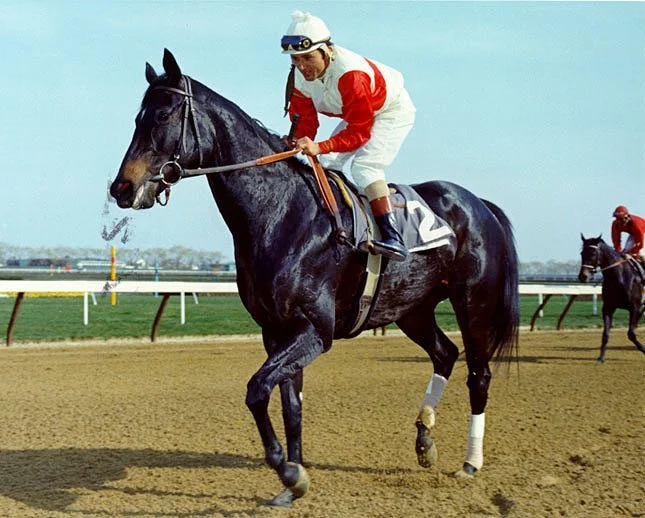
Competing in and winning ten races, Ruffian dominated horseracing in the 1970s. She excelled at any distance and won the Triple Tiara series. Thanks to the remarkable speeds, Ruffian set a new record in each race. More so, she managed to beat opponents by over eight lengths.
Ruffian’s career ended when she shattered a bone at Belmont Park and caused severe damage. Ruffian underwent euthanasia the same night.
Personal Ensign
As a one-of-a-kind mare, Personal Ensign won all races she ever entered. Winning 13 out of 13 contests, this Thoroughbred was the first undefeated racing horse that retired in American history. Her ultimate race in 1988 was one of the most spectacular in the Breeders Cup records.
Personal Ensign was to marvel at from a very young age. She won a couple of Grade I stakes and races when she was only two and three. A year later, she swept six Grade I races against male equines.
This incredible horse remained successful off the tracks, too, and became a broodmare. Personal Ensign’s daughter won a Breeders Cup race, while War Emblem (her grandson) won the eminent Kentucky Derby.
Final Thoughts
Both male and female horses con compete on the racetracks as long as they meet the standard criteria. Besides competing against their male counterparts, mares have also seen some incredible wins.
Yet, female racehorses fall short of the respect they deserve. The lack of attention and inclusion in events is mainly due to the stereotype that the athletic dominance of stallions reflects horseracing.
What are your thoughts on the subject? Have you ever had a racing experience with a female horse? How did it perform? Please, share your insight with our readers and keep reading us for valuable horse-related content.
